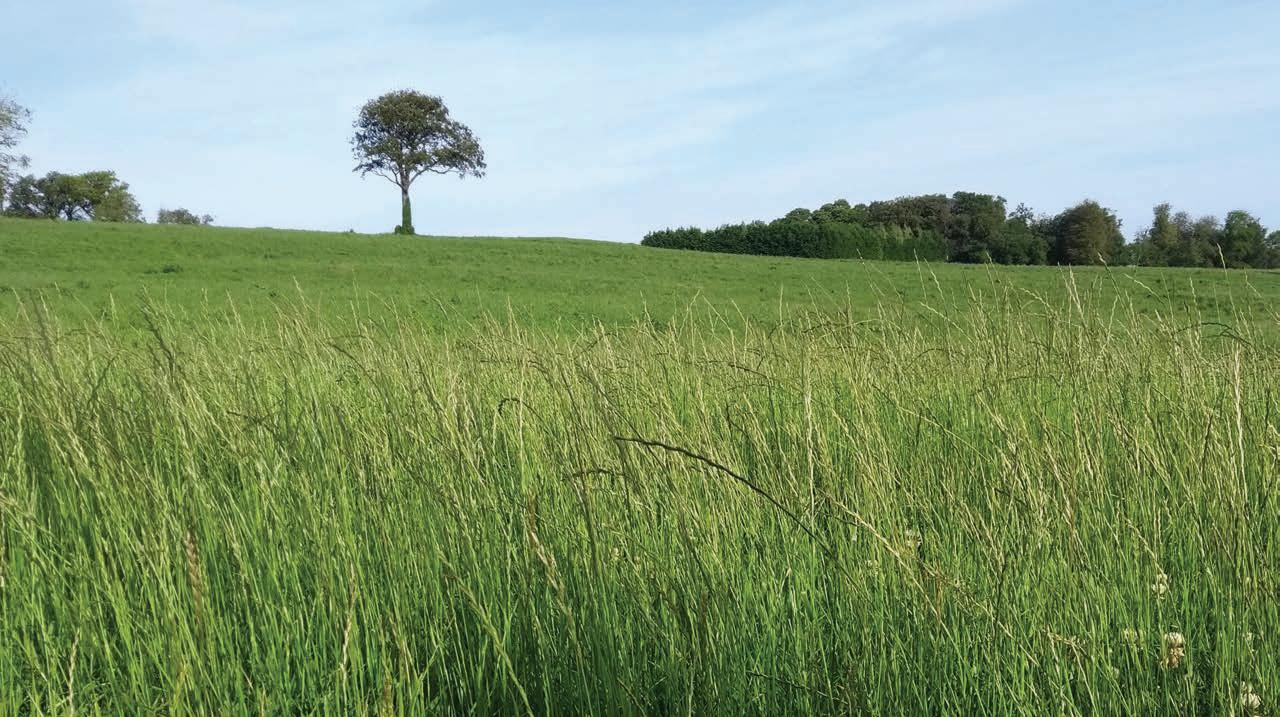HORTICULTURE CONNECTED
Summer 2021
News, analysis and trends in landscape, garden retail & edible horticulture
EASY STEPS TO DREAM GARDENS
BORD BIA BLOOM’S BLUEPRINTS FOR A DREAM GARDEN AT HOME
DECISION TIME
BARRY LUPTON INTERVIEWS MINISTER PIPPA HACKETT
CATCH THE BUZZ, THE VALUE OF BEES AND DIVERSITY
NOELEEN SMYTH ON HOW INSECTS DELIVER BENEFITS FOR BIODIVERSITY
A QUIET AND COLOURFUL REVOLUTION SUSAN LYNCH MAKES THE CASE FOR IRISH GROWN FLOWERS
Biodiversity Volume 8 Issue 2
Conservation
Sustainability




























